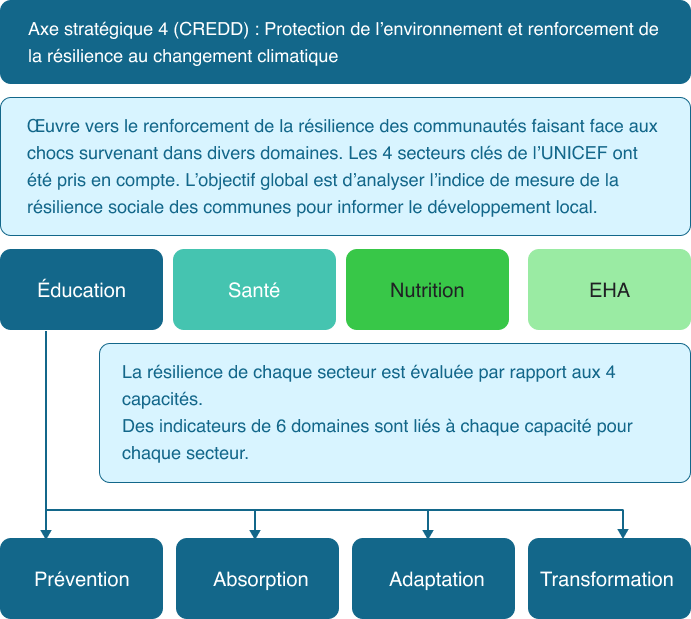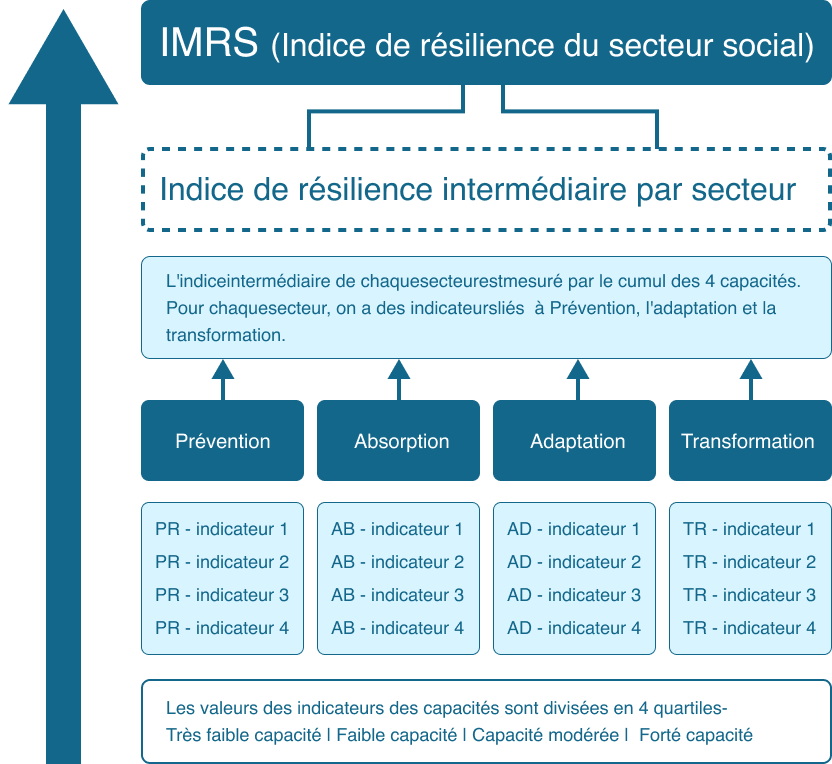About
Resilience: A multi-dimensional concept for strengthening the resilience of shock-sensitive social sectors.
Resilience is a multidimensional construct resulting from a state of balance in interactions with risk factors and protective factors present at different levels of a person's and a community's ecosystem.
Prevention
How is the system preparing to reduce the impact of the shock?
Absorption
How does the system cope once shock occurs?
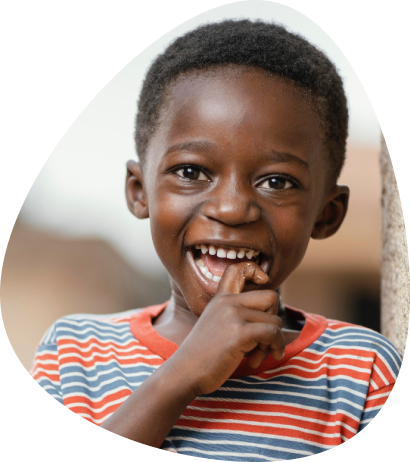
Adaptation
How does the system invent strategies to adapt to the situation?
Transformation
How does the system bring about radical change?
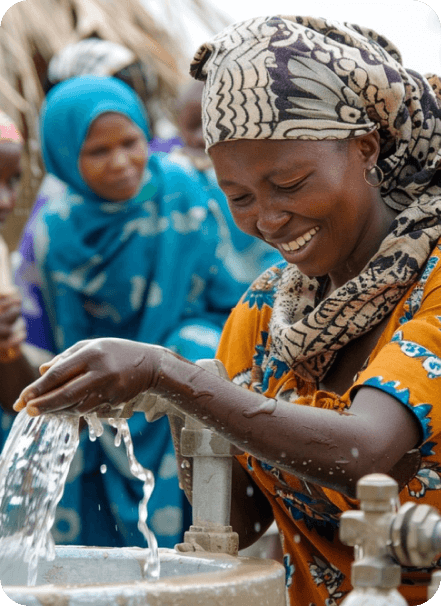
Sporadic access to water, hygiene and sanitation. Despite 83% of households having access to drinking water, the public situation remains poor. 32% of households in Mali remain without toilets. Less than 20% of schools have functional toilets. A few examples of the indicators :
- % of localities having functioning modern water outlets.
- % of localities having reached End of open air defecation (EOD Certified).
- % of localities with representatives of persons with disabilities in the water management committee.
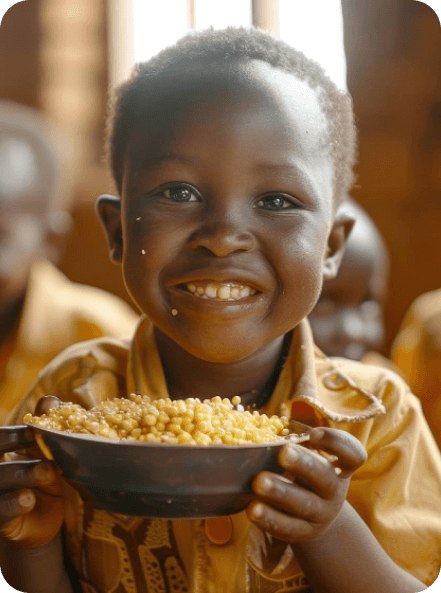
22% of the children below 5 years of age are underdeveloped for their age. It is estimated that close to 1.4 million children aged between 6 to 56 months suffer from and are likely to continue suffering from acute malnutrition in 2024. A few examples of the indicators :
- % of localities with diversified agricultural production.
- % of localities benefiting from income generating activities focused on nutrition.
- % of localities having access to harvesting products/tools.

Approximately 2 million children in Mali, aged between 5-17 years do not attend school. This amounts to almost half of the youth (aged between 15-24) remaining illiterate. Factors such as poverty, child labour, child marriage, and lack of schools drive the illiteracy rate. Some examples of the indicators:
- % of high-schools accessible to students with disabilities.
- Early Childhood Development centers (CDPE's) with structural resilience to withstand risks in the commune.
- Secondary schools with toilets for girls in the commune.
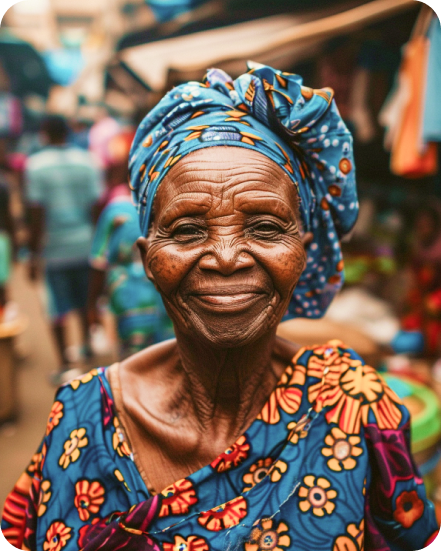
Infant mortality rate, maternal health, and HIV remain major challenges. 1 out of 10 children die before the age of 5, and 1 out of 30 newborns perish of preventable diseases. A few examples of the indicators:
- Adaptability of CSCOM to persons with disabilities.
- % of localities where mosquito nets were distributed in the last 12 months.
- % of disabled people in need of mobility apparatus.
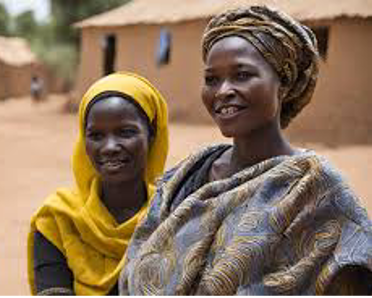
Gender

Handicap
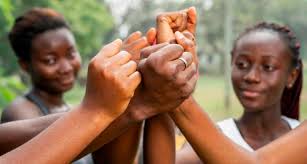
Social Cohesion
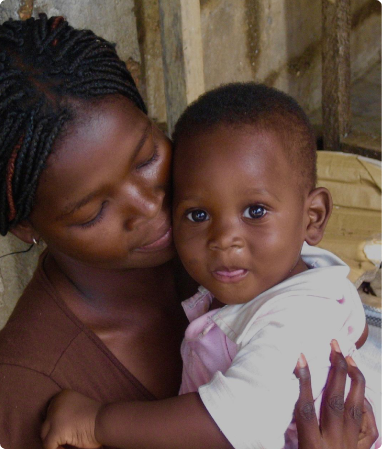
Shock-Responsive Social Protection

Desk Review
Conduct a thorough analysis of the literature and existing social resilience frameworks. This step aims to identify international best practices and methodological frameworks applicable to the Malian context.
01

Study of the questionnaire of the Communal Poverty Index (CPI)
Examine in detail the CPI questionnaire to understand the current variables and their relevance for measuring social resilience. This step ensures that the framework is aligned with the data and indicators already collected
02

Conceptual alignment of social resilience with the CPI variables.
Match the components of social resilience with the CPI variables to ensure coherence between the concept of resilience and the community poverty indicators.
03

Develop new indicators of social resilience
Identify and develop new indicators specific to social resilience, tailored to local realities. These indicators help capture the particular dimensions of resilience at the municipal level in Mali.
04

Develop the methodology for calculating the social resilience index.
Design a robust methodology for calculating the social resilience index. This methodology is scientific and tailored to local contexts to ensure an accurate and replicable measure of social resilience.
05

Validation and pilot test.
Conduct an initial validation of the indicators and methodology in pilot municipalities. This test will allow for adjustments and refinement of the indicators and the calculation of the index before scaling up.
06
Areas of the pilot phase
Four regions have been selected for the pilot phase: Gao, Mopti, Ségou and Timbuktu. In each of these regions, the digital tool will be deployed in five communes. In Gao, the communes of Bamba, Bourem, Taboye, Tarkint and Téméran will be covered. In Mopti, the selected communes are Mopti, Fatoma, Sio, Socoura and Konna. For the region of Ségou, the communes of Ségou, Pelengana, Konodimini, N'Gara et Massala have been covered. Finally, in the region of Timbuktu, the communes of Timbuktu, Diré, Goundam, Soboundou and Alafia have been retained.





